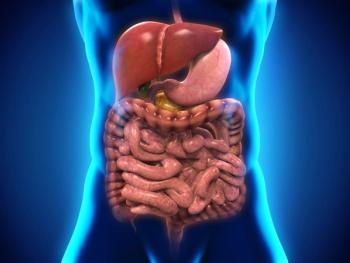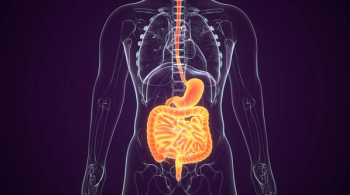
Miami Breast Cancer Conference® Abstracts Supplement
- 42nd Annual Miami Breast Cancer Conference® - Abstracts
- Volume 39
- Issue 4
- Pages: 77
29 A Real-World Exploratory Analysis to Identify Disparities in Breast Cancer Tumor Biopsy Practice at Community Oncology Clinics in the United States
Background/Significance
The National Comprehensive Cancer Network (NCCN) guidelines recommend that all breast cancer patients have tumor phenotyping performed for estrogen receptor, progesterone receptor, and HER2 at the time of diagnosis. If patients experience recurrent disease or progression, an additional biopsy should be considered. This study evaluated metastatic breast cancer patients treated at community oncology practice sites across the US to measure the frequency, timing, regional variations, and predictors of repeat biopsies over the course of disease.
Materials and Methods
A weighted random sample of 911 metastatic breast cancer patients were selected from 15 practices within the ONCare Alliance cancer network. Data collection consisted of patient demographics, disease, and clinical characteristics at metastatic breast cancer diagnosis. Biopsy-related data collection included the total number performed over the course of disease, types of biopsies, and overall findings. Negative binomial regression with an adjustment for disease duration was used to identify factors associated with overall biopsy frequency.
Results
42.2% of patients have prior diagnosis of early-stage disease (ie, stage 0 to IIIC), and 57.8% were diagnosed de novo metastatic breast cancer. Performance status and disease-related parameters at metastatic breast cancer diagnosis were similar between the 2 groups. The mean number of biopsies in patients initially diagnosed with early-stage disease was 3.9 (95% CI, 3.7-4.0) compared with 2.2 (95% CI, 2.1-2.3) in the de novo metastatic breast cancer patient group (P <.001). Significant predictors of fewer biopsies included de novo metastatic breast cancer at diagnosis (risk ratio (RR), 0.76; P <.001), non-Black and non-Asian minorities (RR, 0.80; P <.001), a longer time to metastatic disease (RR, 0.93; P <.001), and poor performance status. There was substantial regional variation, with the Midwest having significantly higher mean biopsies per patient than all other regions (P <.001). Patients with HER2 immunohistochemistry ≥ 1+ were also 42% less likely to receive a second biopsy (OR, 0.58; P = .016).
Conclusion
After adjusting for disease duration, repeat biopsies at disease progression are not performed on a substantial proportion of patients, particularly those with de novo metastatic breast cancer or HER2 immunohistochemistry ≥ 1+. Potential disparities in access to repeat biopsies were also identified in non-Black and non-Asian minorities. This exploratory analysis may show the significance of biopsy guideline–concordant care initiatives in the community oncology setting.
Articles in this issue
Newsletter
Stay up to date on recent advances in the multidisciplinary approach to cancer.

















































































